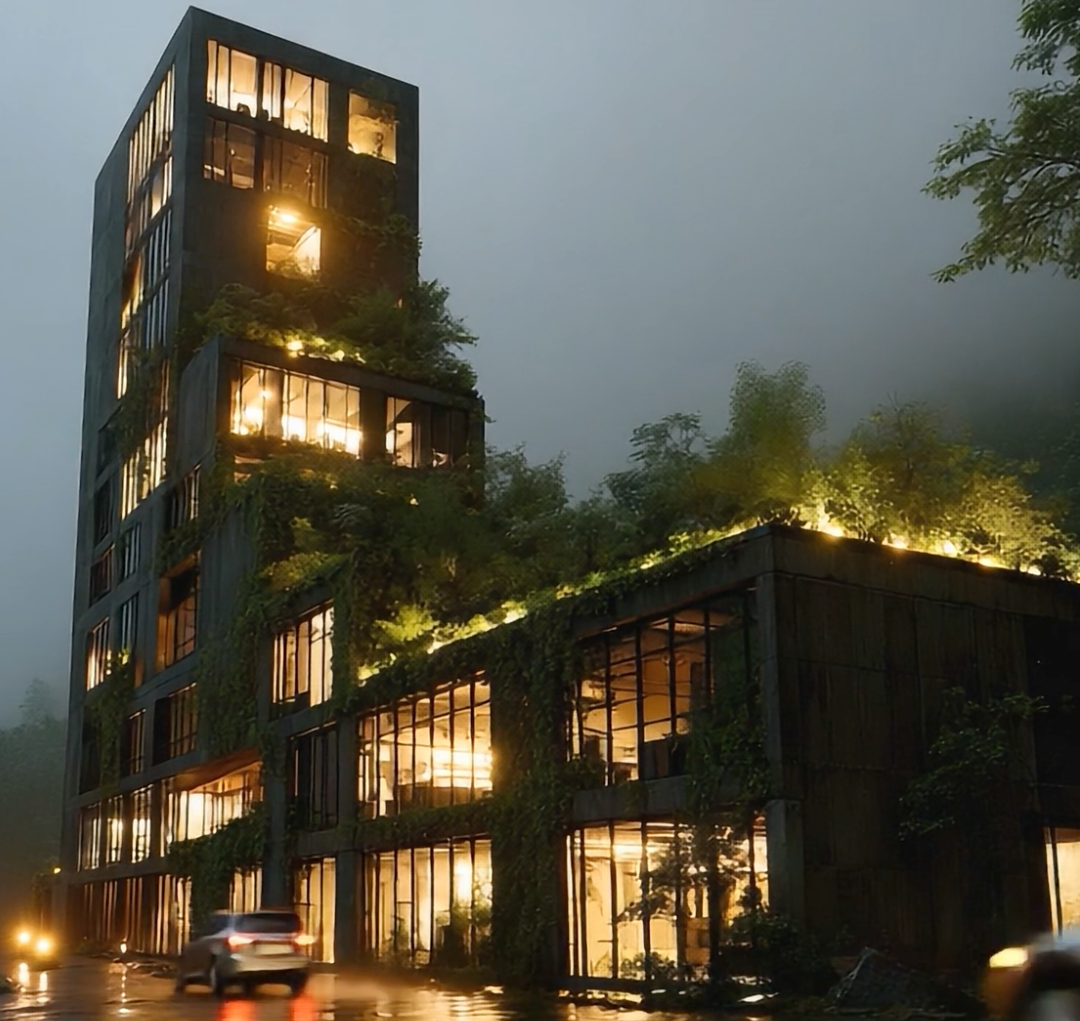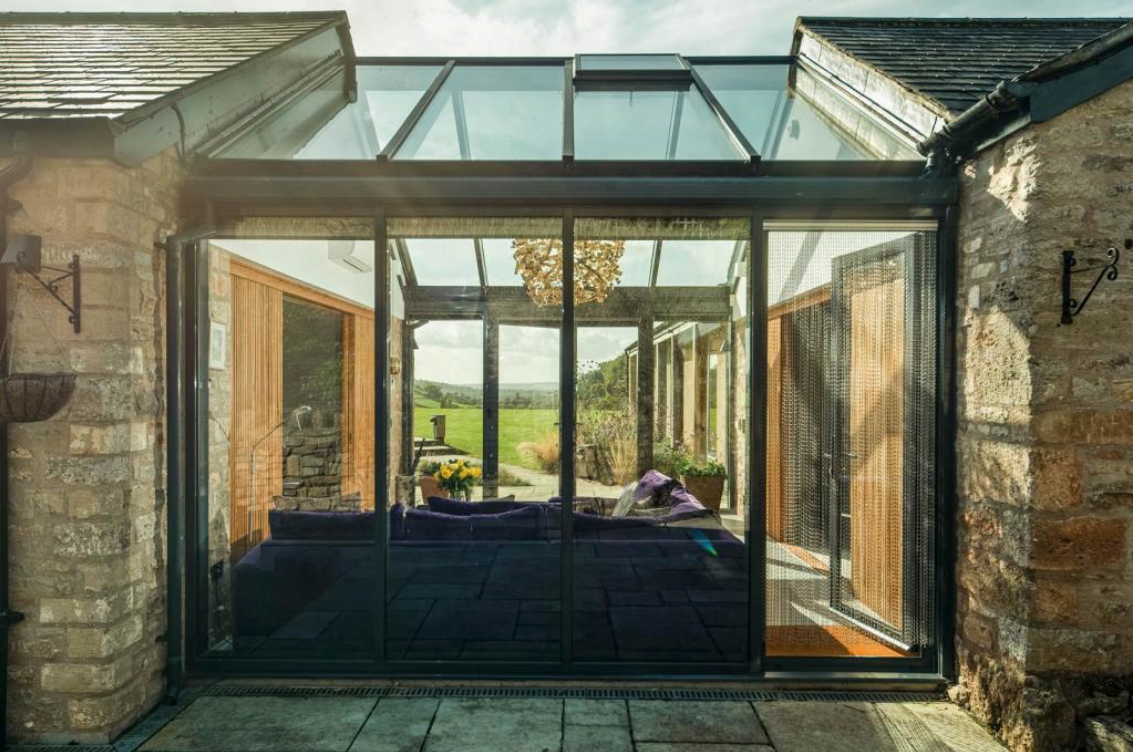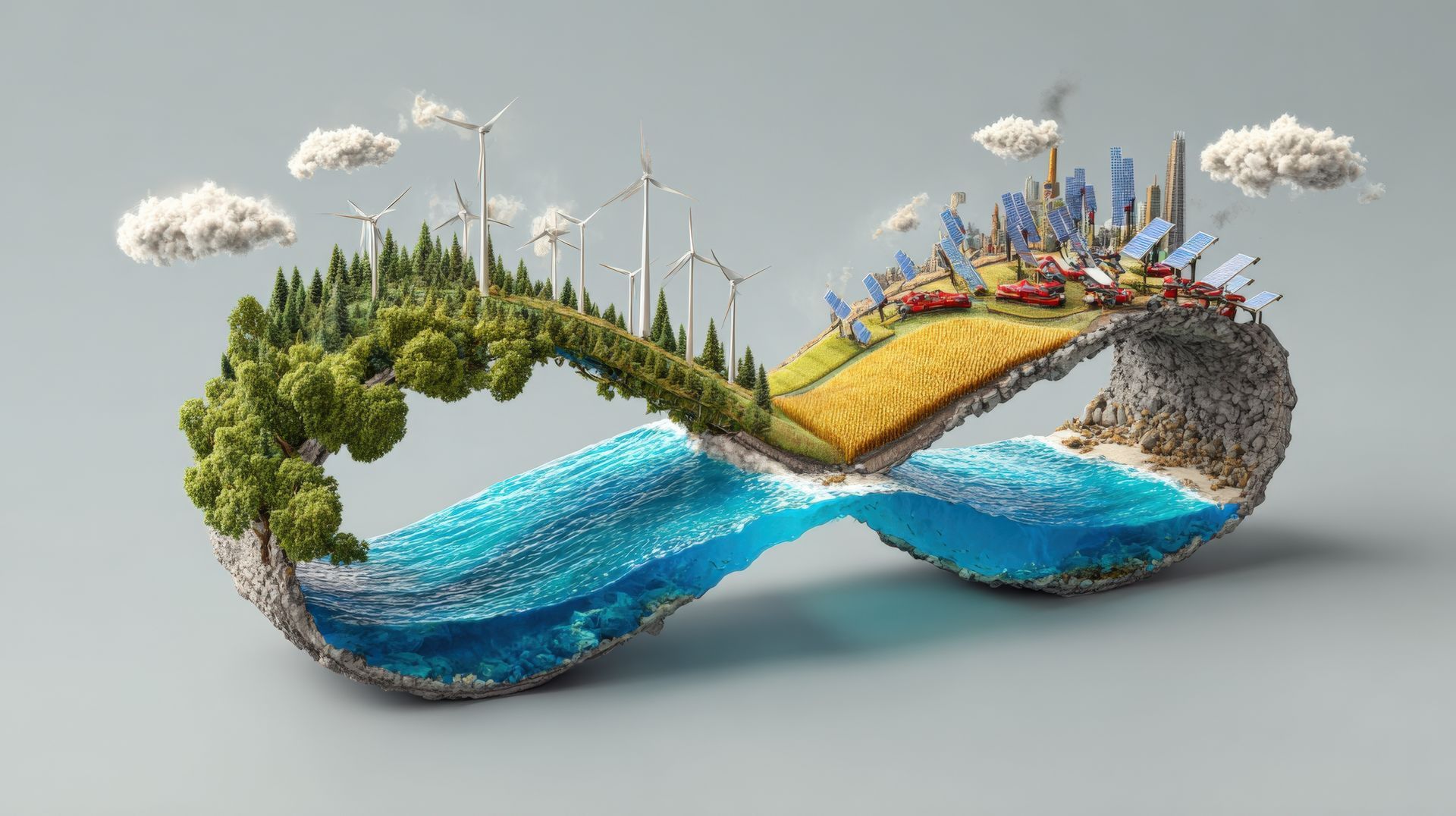What's Hot in Architecture 2024 No 12:
Irreplaceable Habitats
Irreplaceable habitats, such as ancient woodlands, Ancient and veteran trees, Blanket bog, Limestone pavements, Coastal sand dunes, Spartina saltmarsh swards, Mediterranean saltmarsh scrub, Lowland fens, Wetlands, and Coral reefs, are unique ecosystems critical for maintaining biodiversity and ecological health. These habitats host species and ecological processes that can't be recreated or relocated, making their preservation paramount.
Incorporating these habitats into Biodiversity Net Gain (BNG) plans is essential for sustainable development. BNG aims to leave the natural environment in a better state post-development. Here’s how we can integrate irreplaceable habitats into BNG strategies
1:Identify and Protect: The first step is identifying irreplaceable habitats within the development area. Once identified, these habitats should be protected and preserved in their entirety, avoiding any disruptive activities
2:Buffer Zones: Establish buffer zones around irreplaceable habitats to minimise the impact of nearby development. These zones help mitigate pollution, noise, and other disturbances
3:Enhancement Measures: Enhance the quality and connectivity of irreplaceable habitats by planting native species, restoring degraded areas, and creating ecological corridors that link fragmented habitats
4:Stakeholder Collaboration: Work closely with ecologists, local communities, and conservation organisations to ensure that development plans align with ecological preservation goals
5:Monitoring and Management: Implement long-term monitoring and management plans to ensure the ongoing health and resilience of these habitats
6:By integrating irreplaceable habitats into BNG plans we can contribute to a more sustainable future, ensuring that development and biodiversity conservation go hand in hand.
Worried if your plot is an irreplaceable habitat then give us a call to talk it through as what the tools to apply the relevant rules into your BNG assessment………https://bit.ly/Complimentary20Chat










